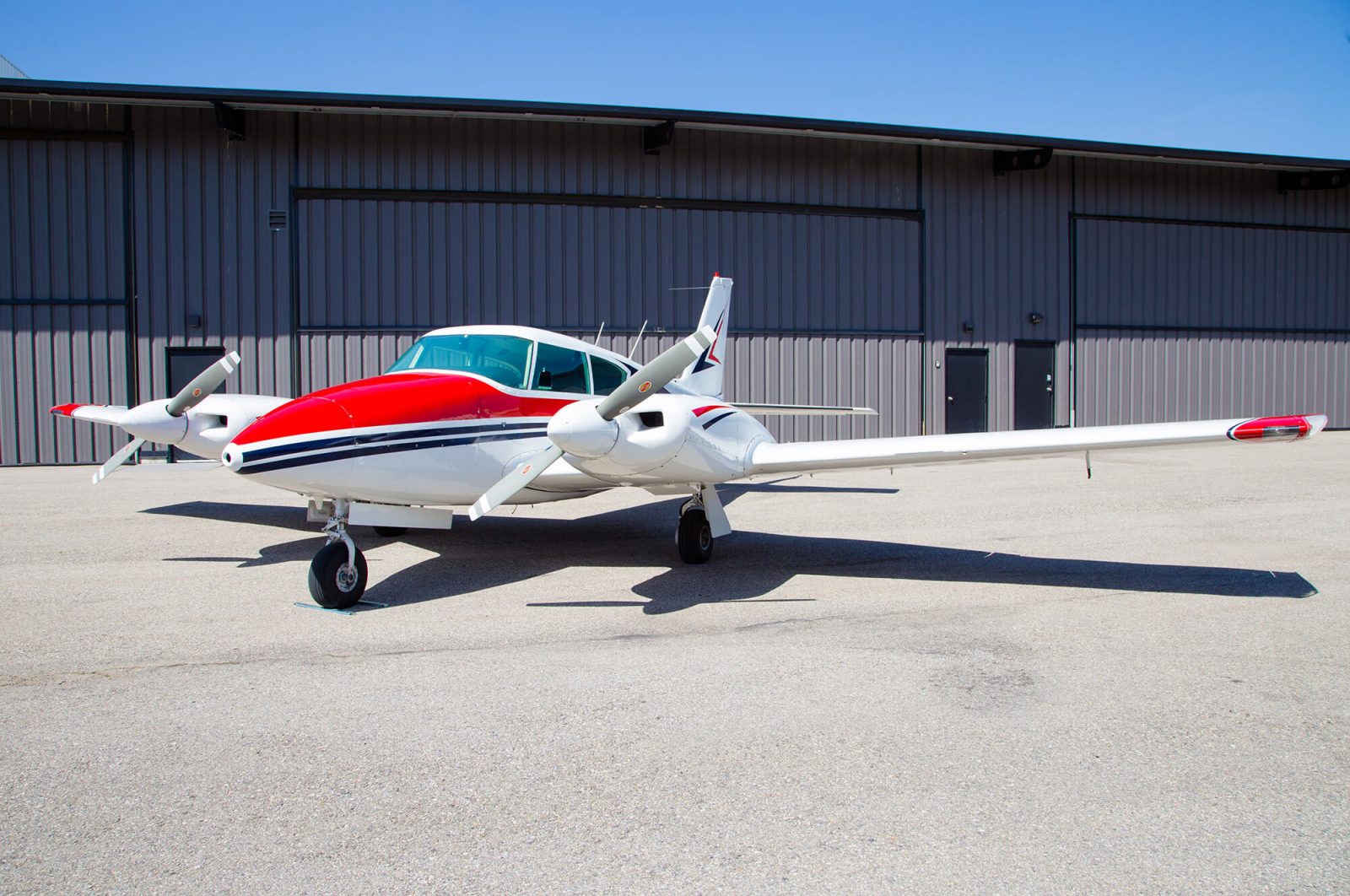

They started with the straight lines of the then-radically-styled Piper Comanche and evolved the Twin Comanche’s design from it.Īfter Swearingen was done, he had the new PA-30 Twin Comanche-and it was, and is, a real looker. So when it came time to design the next of kin in Piper’s light twin offerings, legendary designer Ed Swearingen and his team got all angular with it. From pretty much any angle you looked, the venerable Apache could have been designed by the same guy that sketched out the original egg. And from the front, the fuselage was pretty round-well, oval-in the nose area, anyway.īut you get the idea. The wings and tailplanes were rounded off. The airplane’s design was pretty much round. My uncle had a new Apache in the mid-1950s, and while all I really recall of it is from photos, one thing always struck me. As Piper’s first light twin, it had a lot of the same family traits as its single engine cousin, the Piper Tri-Pacer. Nothing varied too far from its predecessor, but each design kept evolving. Piper’s designers and marketers were some of the best at following this Darwinian philosophy. One of the things I really enjoy is getting old photographs and drawings of “classic” aircraft bloodlines and seeing how the designs transformed over the years to meet their expanding roles. Carl Miller and his wife Donna are lucky people who, when it came to finding their perfect light twin, didn’t have to compromise-they just went shopping for a Piper Twin Comanche.


 0 kommentar(er)
0 kommentar(er)
